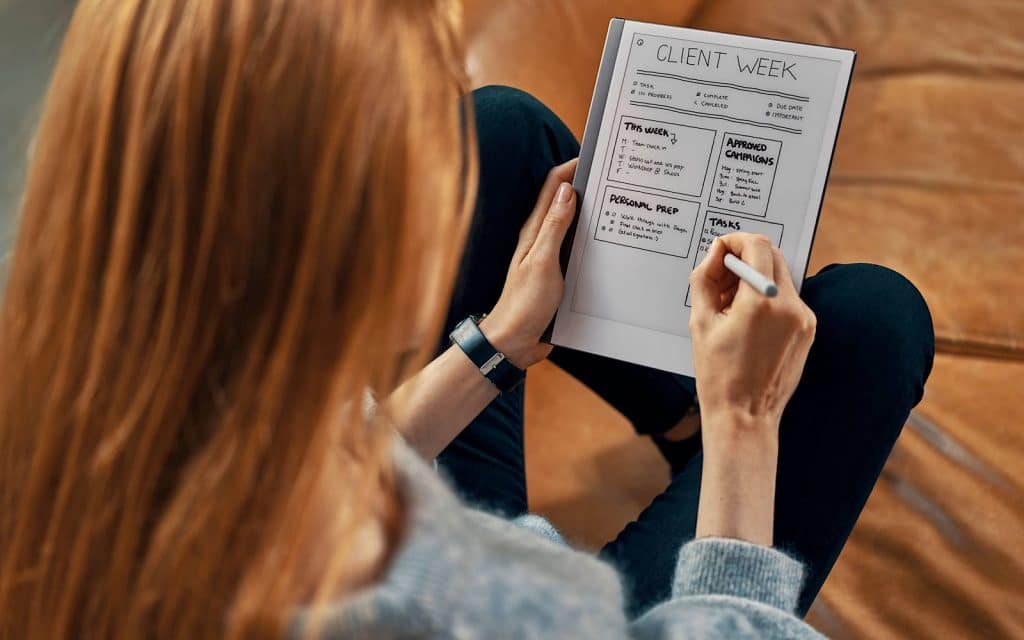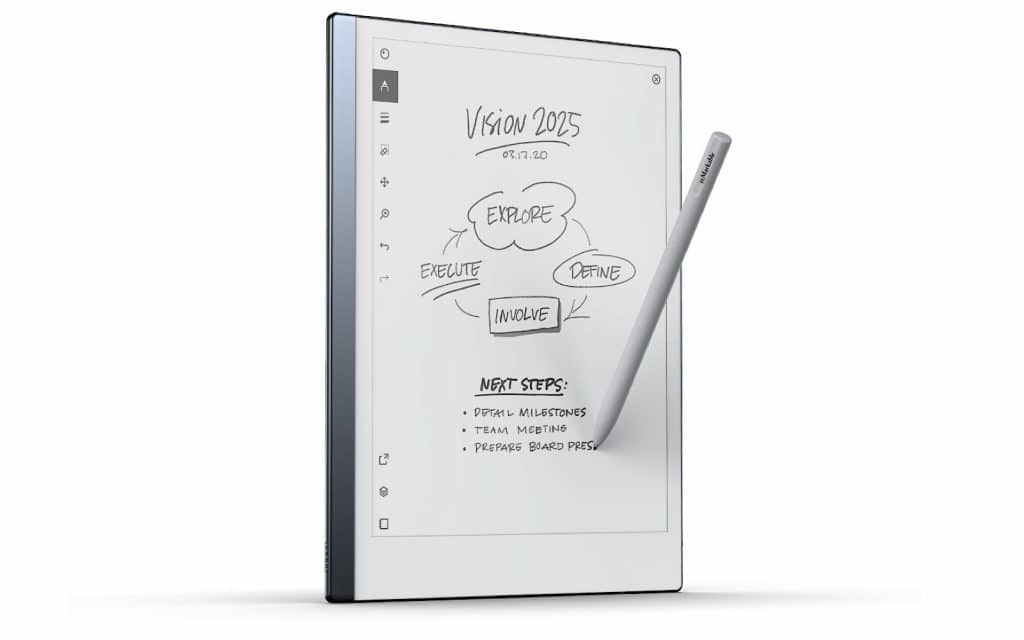There’s no shortage of tablets with a stylus, and you can bring a capacitive broad-tipped stylus to any, but the ePaper alternative is coming back for a second try.
If you’re looking for a large-ish screen to write or draw on, there’s clearly no shortage of options.
Every current iPad generation supports the Apple Pencil, albeit in two different forms, from the iPad Mini, iPad 7th gen, iPad Air (formerly the iPad Pro 10.5), and the newly refreshed iPad Pro models, and they’re not alone. Samsung makes a its Galaxy Tab S6 with the S-Pen, as well as the sizeable Galaxy Note 10+ and Note 10 phones, and Windows has stylus-equipped models aplenty, too.
While Microsoft’s Surface range may have kicked the whole thing off good and properly, we’re seeing the digital stylus arrive with all manner of 2-in-1 hybrid laptop tablet machines, from Dell’s XPS 2-in-1 to Lenovo’s Yoga range.
The simple reality is you can find a stylus to work with pretty much every touchscreen-based computer out there, and if you don’t have one for yours, you can always get one of those broad-tipped rubber-ended capacitive styluses that acts like a finger.
All screen and stylus combinations do what they can to emulate the look and feel of paper, but there’s only so much you can do with the slickness of glass.
In the grand scheme of things, there’s really only been one format to properly emulate the look of paper: electronic ink.
Look at a Kindle or a Kobo, and you’ll find a screen that looks more like a book, making for a more comfortable read. It’s that technology that Norway’s reMarkable turned to in the first version of the reMarkable a good three years ago back in 2017, arriving with a pen and pad alternative made from an eBook reader with a screen you could jot and draw on.
Now it’s coming back, and is thinner at 4.7mm, near half of typical smartphones, with improved battery life and a newer version of the drawing technology, boasting what reMarkable calls “the most paper-like digital device the industry has ever seen”.
Technology improvements include what the company says are innovations in “ultra-thin, high-friction surface materials” which work with the stylus — the Marker — to achieve a more paper-like feeling and accuracy.
“Our latest tablet is paper-thin and our innovations in display technology make it so much like writing on paper that it’s hard to tell the difference,” said Magnus Wanberg, CEO of reMarkable.
“Today’s world is a frenzied place of ever-evolving technology that increasingly demands more of our time and attention,” he said. “reMarkable 2 is a step in a more human-friendly direction. It’s designed to help people think.”
While the reMarkable 2 tablet is indeed designed to be operated by itself as a tablet, it will be supported by a Chrome plugin that will allow users to send web pages and articles to the tablet to read and sketch over the top.
Like other pen-equipped tablets, though, you probably shouldn’t expect it to be necessarily cheap.
The team at reMarkable in Norway didn’t come back with information as to whether the second-generation of its tablet would be sold in Australia, though we have learned it would sell from the reMarkable website for $679 AUD, with the stylus included in the pre-order, but going for $79 by itself otherwise or $169 with a digital rubber (eraser) found on the end, while the folio cases would sell for $119 and a magnetic Book Folio for $169.
Availability for the reMarkable 2 is expected in June 2020 when the first tablets are expected to ship.









